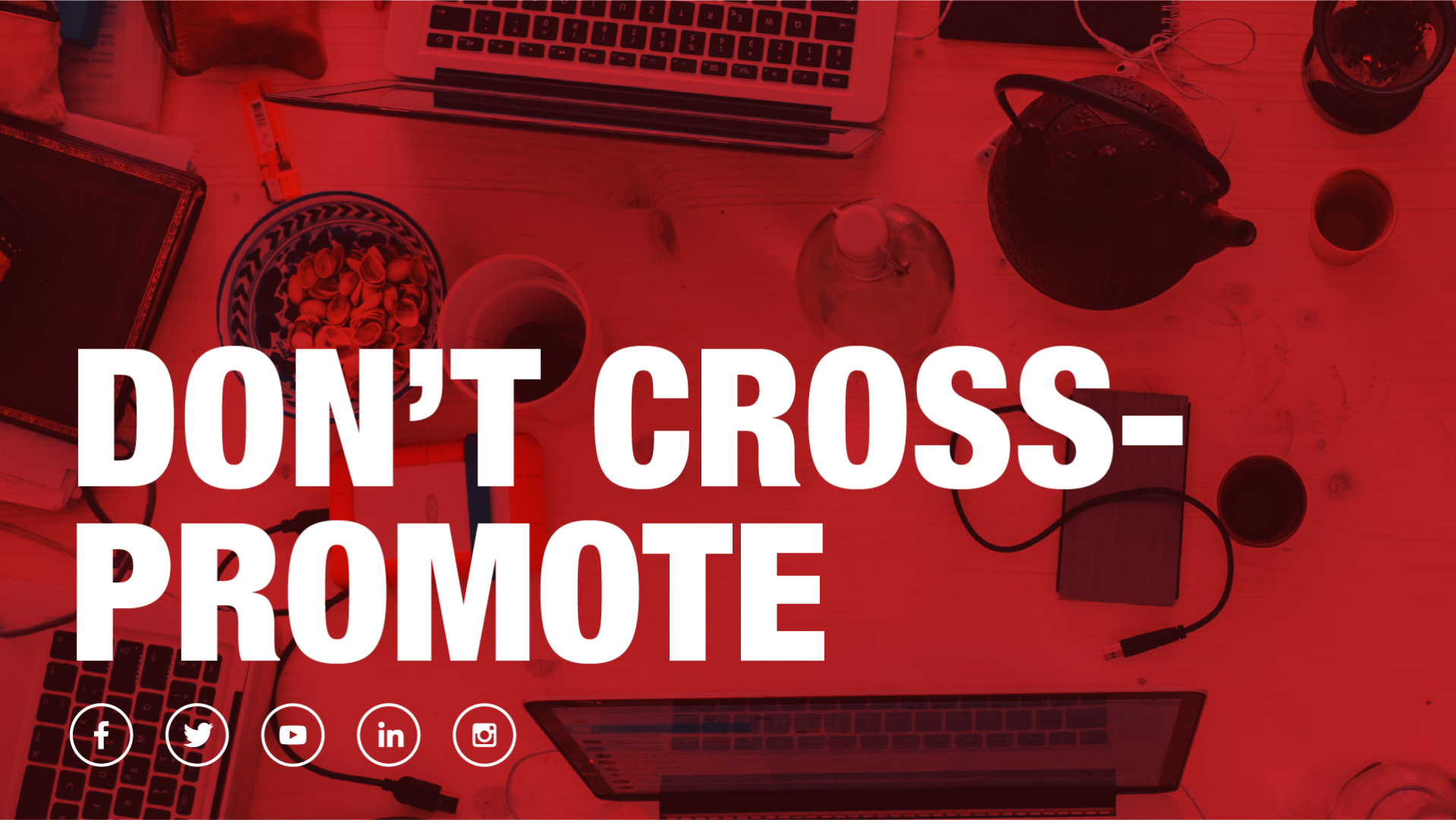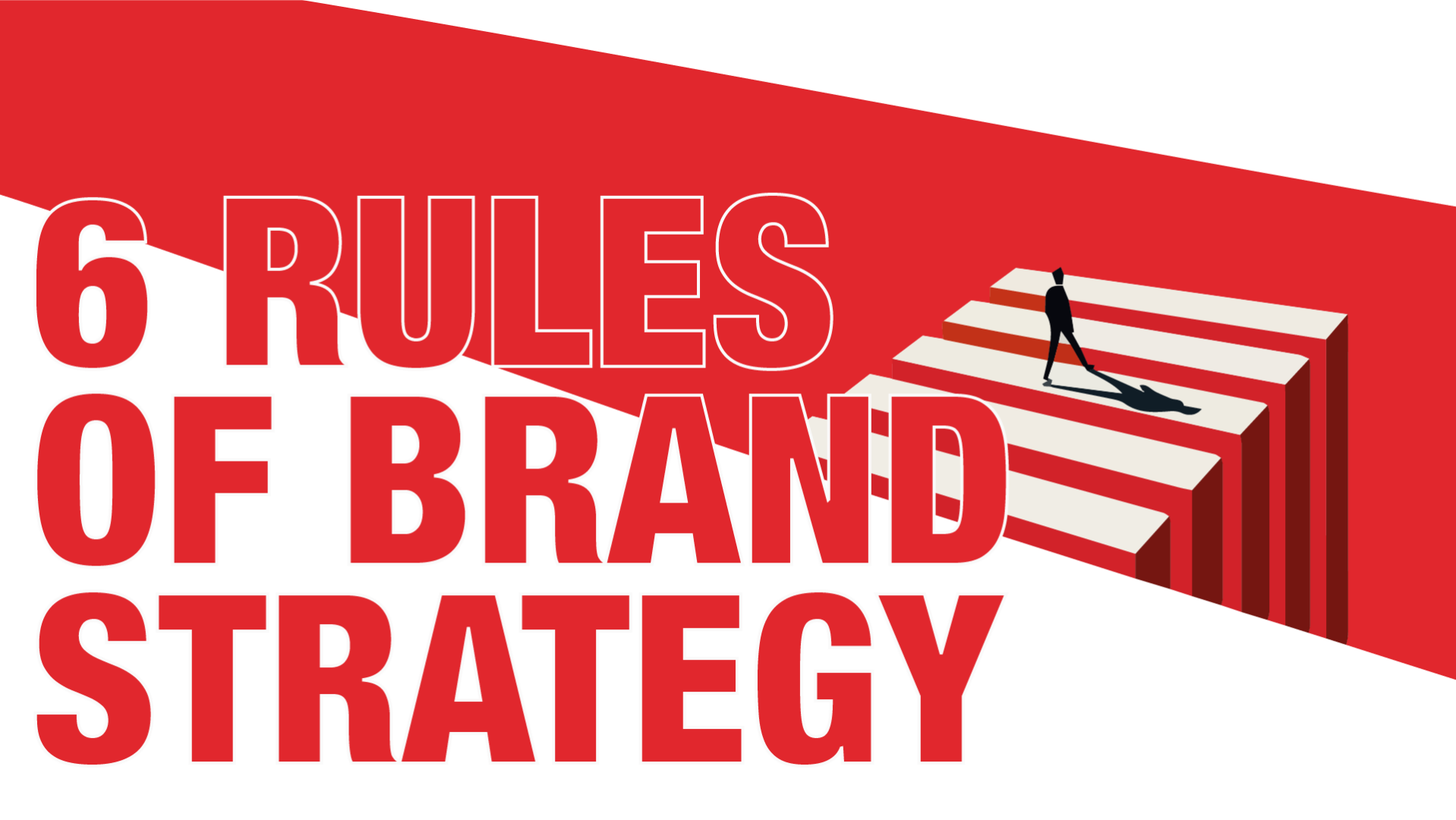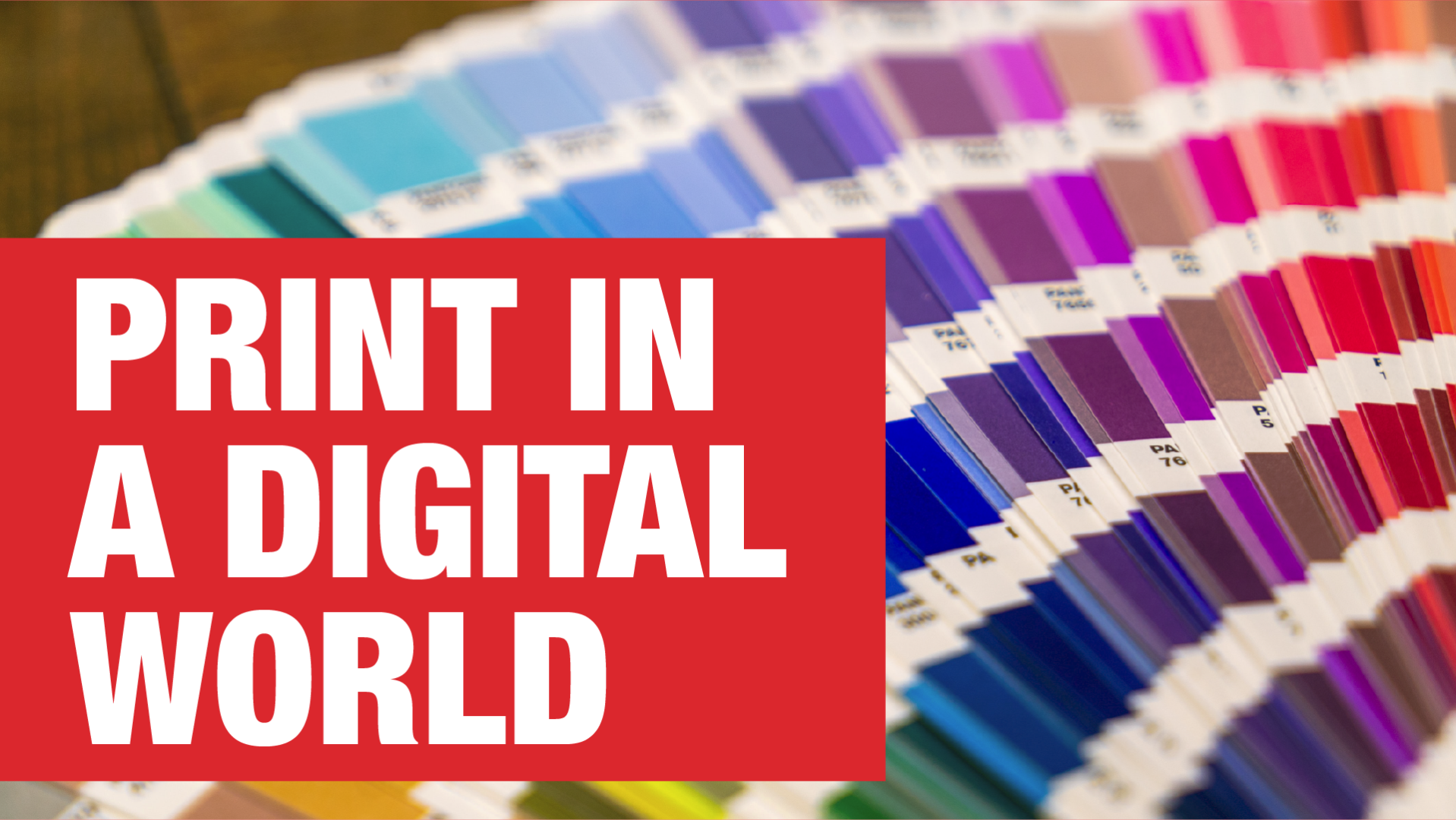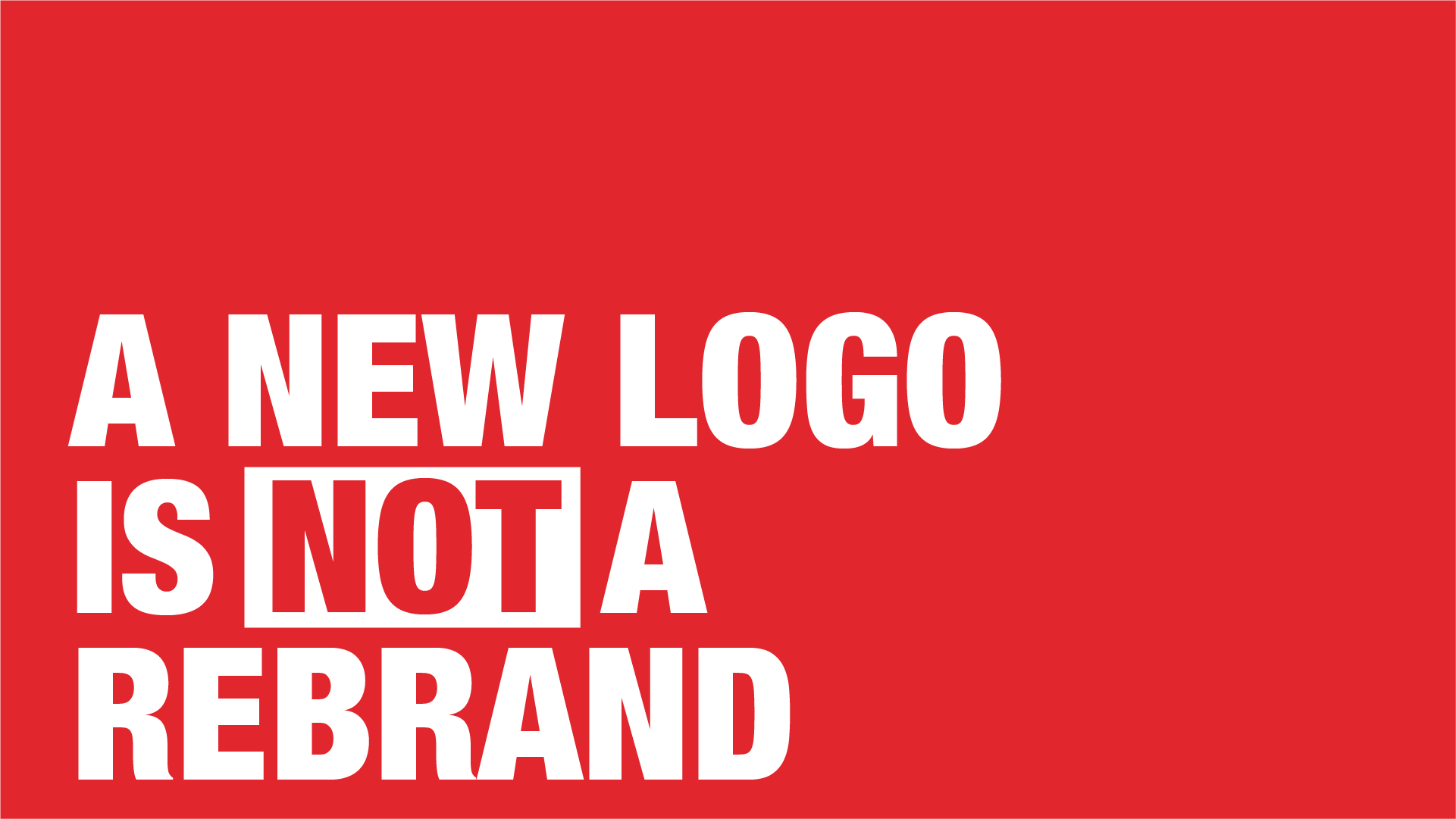Posting the same message across different social media platforms is what we call cross-posting.
I can see why businesses would do it – keeps your account ‘active’ and also it’s easier to just press the share button than to tailor your message to each platforms.
I see these as short-term gains and I’ll try to explain the approach you should take when it comes to social media messaging.
Why you should not post the same message across the platforms
Different platforms have their own criteria you have to meet such as character limit, image sizes, hashtag usage and especially vocabulary.
You might end up asking your followers to retweet you on Facebook, which wouldn’t make any sense (‘retweeting’ is for Twitter). Another possibility could be you tag a profile that doesn’t exist/or has a different handle on another platform.
As mentioned before, speaking to your followers is going to differ on every platform.
If we take LinkedIn as an example, it has slightly more men than women with the majority aged between 30-49. Whereas Instagram, has more females under the age of 30. Each platform has its own demographic and has to be approached with a tailored message depending on who you’re trying to target.
The time you think you save on cross-posting isn’t worth losing your audience’s attention. If it looks like you don’t care about what you post, why should your audience?
Now that I’ve given an insight into how not to promote, let me explain what should be done.
What should you do instead?
Create content or re-word your message for every platform. Obviously, right?
Well, crafting a new message each time might sound like a lot of work but you need to engage with your audience. Understand why they followed you in the first place and then tailor your message towards them. Even small tweaks will make a difference. It shows you’re paying attention to your audience.
Optimising content for each network
The content that you create should fit within each platform’s dimensions. Every platform has its’ own ratios that you have to account for. Use relevant hashtags and tag platform-specific accounts to boost visibility, but don’t spam hashtags. Remember, different platforms have different tones of voice, so be sure to take the time to understand these platforms demographics.
Write enticing captions or headlines
This is the first piece of text your reader comes across. Captions matter, so don’t rush. Think about what you really want to say to your audience and how it can complement and enhance the visual content in your post. If it doesn’t draw in their attention, you’ve missed out on a possible lead.
Keep in mind character limits vary on each platform so making sure your text is relevant, engaging and authentic to your ‘company voice’ is key.
Post at the right time
Timing is everything. Understand your audience and when they are most active on your page(s) and schedule your posts around this for maximum impact. Most platforms have some sort of ‘insights’ page that allows you to track your audience trends amongst other figures.
This can be difficult for start-ups as not enough information has been collected so the best advice I can give is – trial and error. Post at odd times to find that sweet spot of most reach and engagement.
It’s also a good idea to stagger your posts through the day so that you don’t flood your audience with posts one after the other. Roughly speaking, posting within four hours of your last post frequently can be seen spam by your audience and eventually will start to be ignored.
Don’t post too much
I briefly touched on this, but it needs its own section. Posting regularly is important, but don’t overdo it. There are different norms on social media platforms around how often to post before you see a drop in engagement.
For example, on Twitter you can post several times a day to boos engagement but posting more than once or twice on LinkedIn isn’t an effective strategy for engagement.
Think quality not quantity.
Share content in the right places
What I mean by this is a meme might work will in a tweet or on Instagram but will fall flat on LinkedIn.
Tailoring your posts should suit the content and tone of the platform.
Schedule a post
Sometimes you may not have time to sit down and think about a post but thankfully there are tools available that can allow you to schedule and post your content for you. This can be incredibly helpful once you have figured out your optimal time to post and schedule content accordingly.
These tools also come with their own built-in analytics, so you can learn what posts perform best and refine your approach and strategy.
Call-to-action
Depending on your content, you should always try to aim to promote an action in your captions. Having a clear call-to-action is key for getting your audience to take the next step, whether that’s buying a product, visiting a website or reading your blog post.
You should make it clear to your audience what you’re offering, why it’s of value and how/why they should act upon it.
Unique posts for each platform might require a little more time and effort in the start, but it’s worth it. When you set out to take a picture for social media, you tend to put effort into making sure the picture is worthy enough to post. You should also take the time to do the same with your posts.
Your audience will notice.





